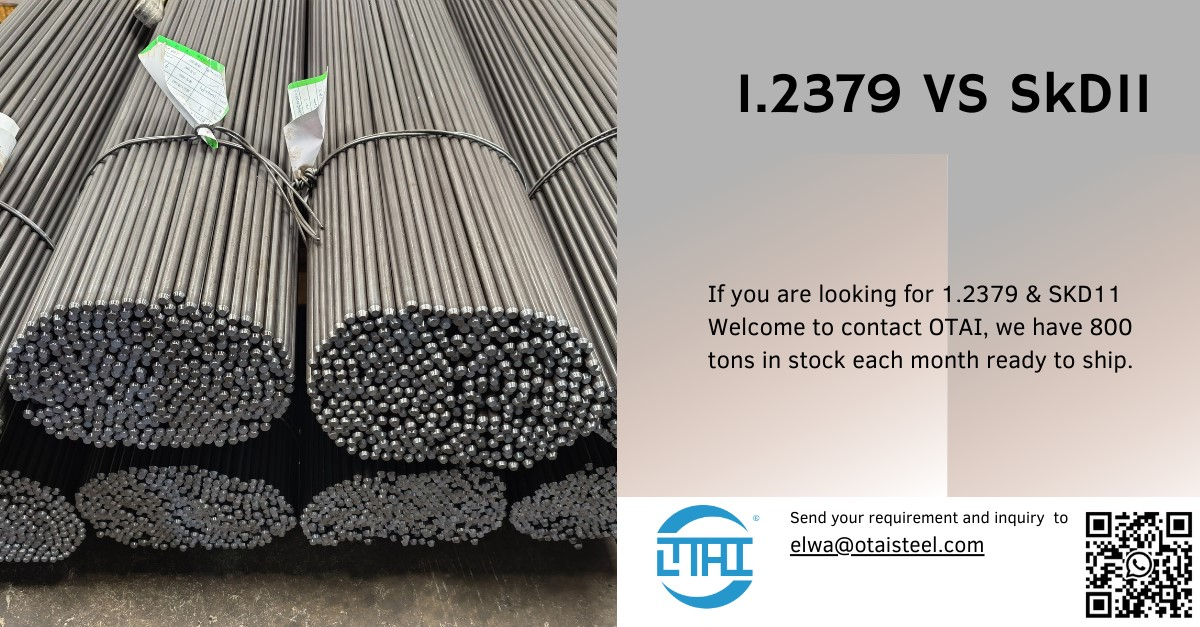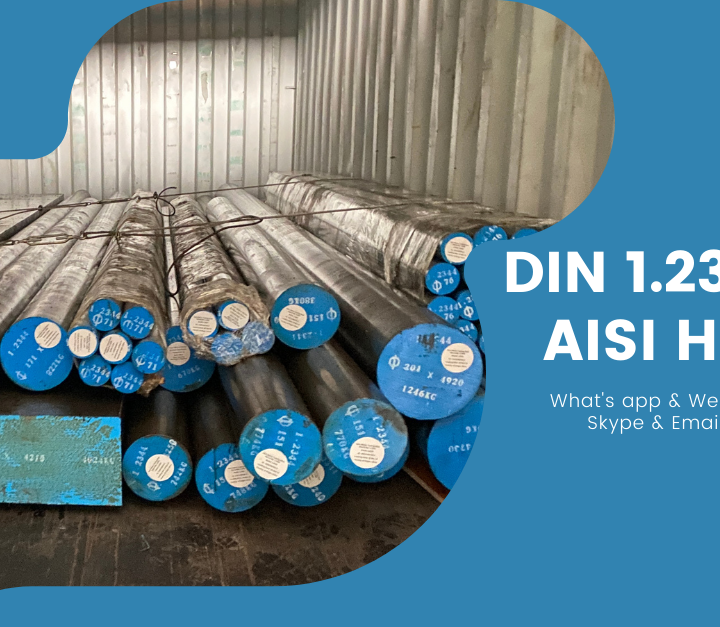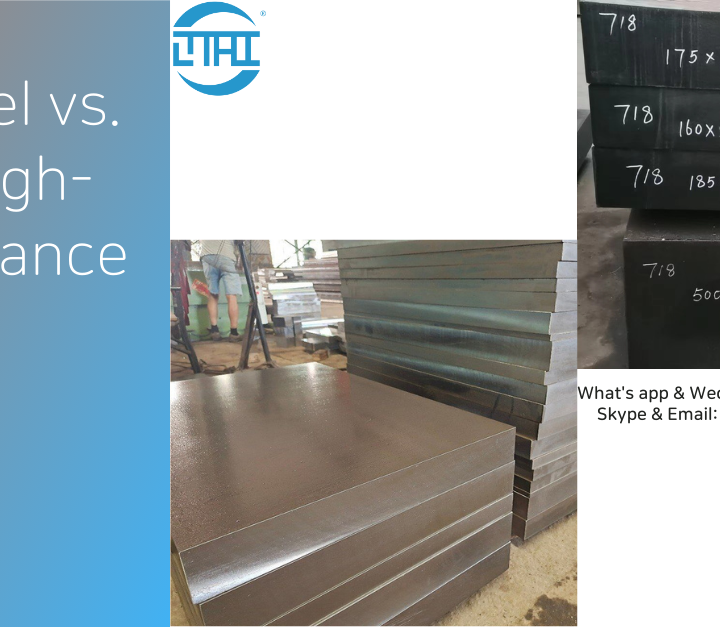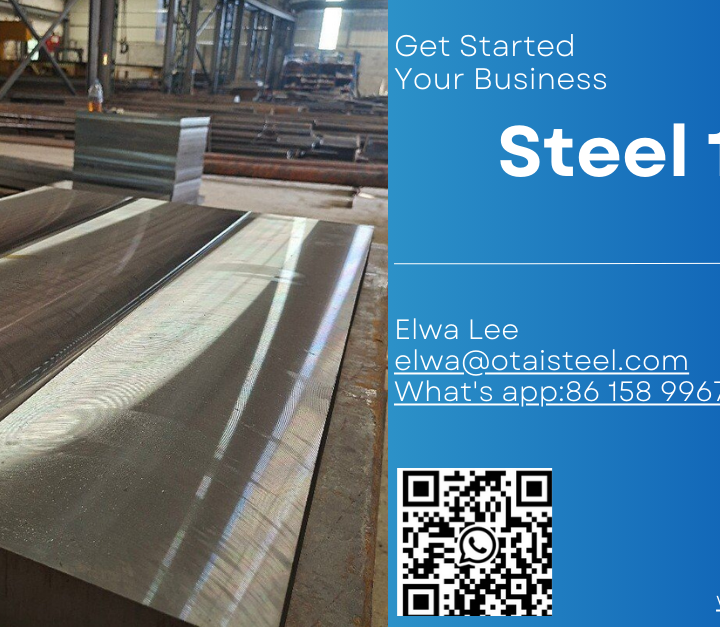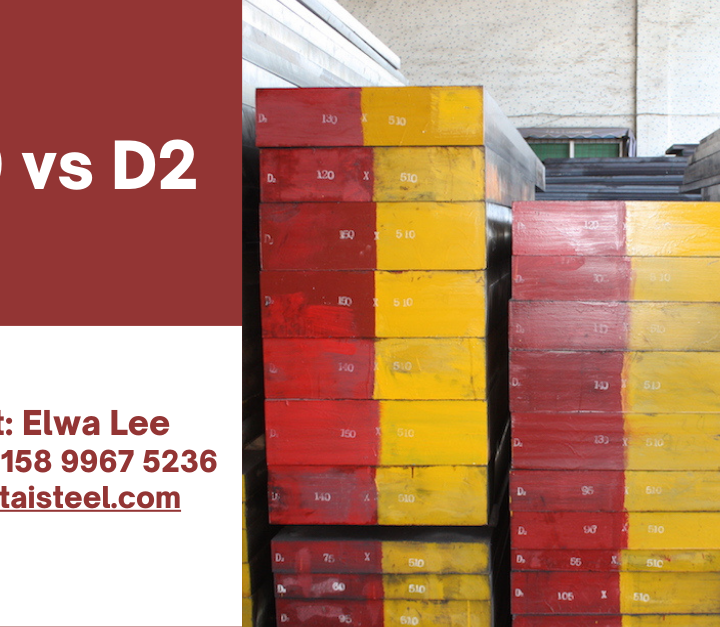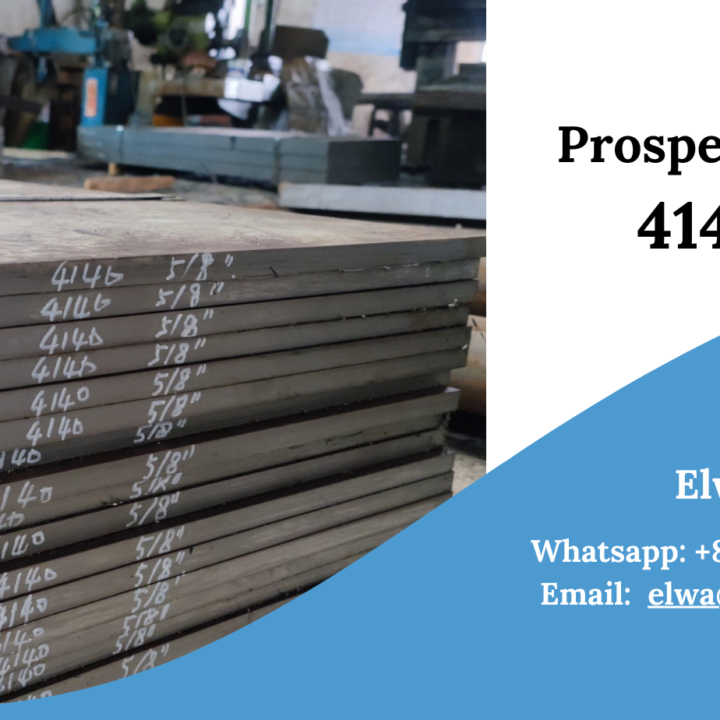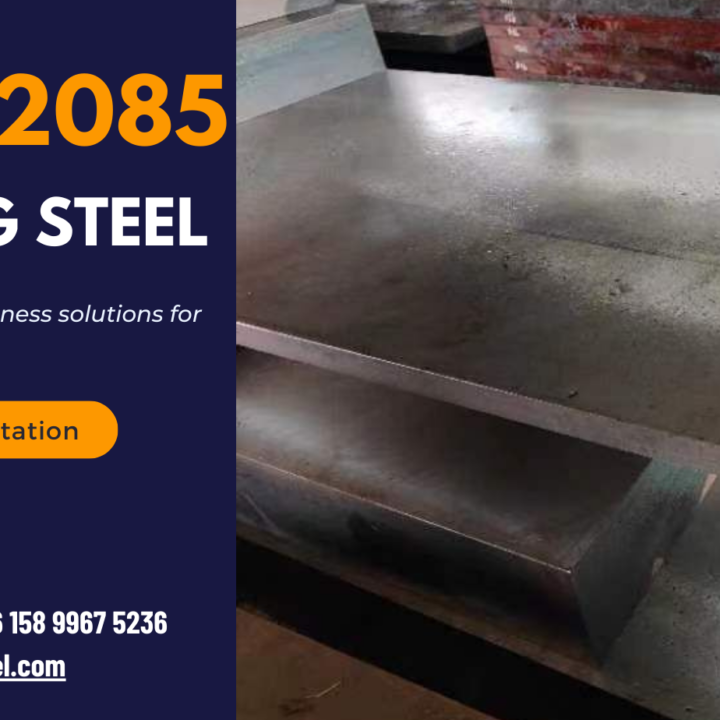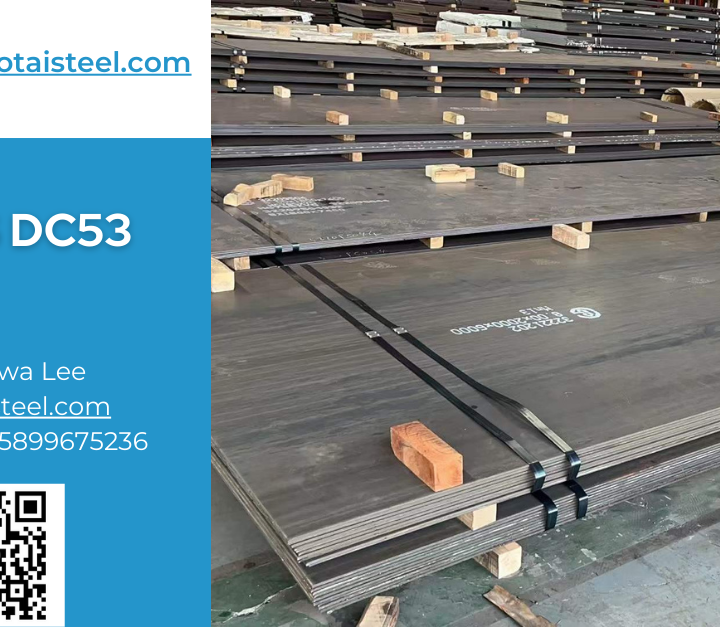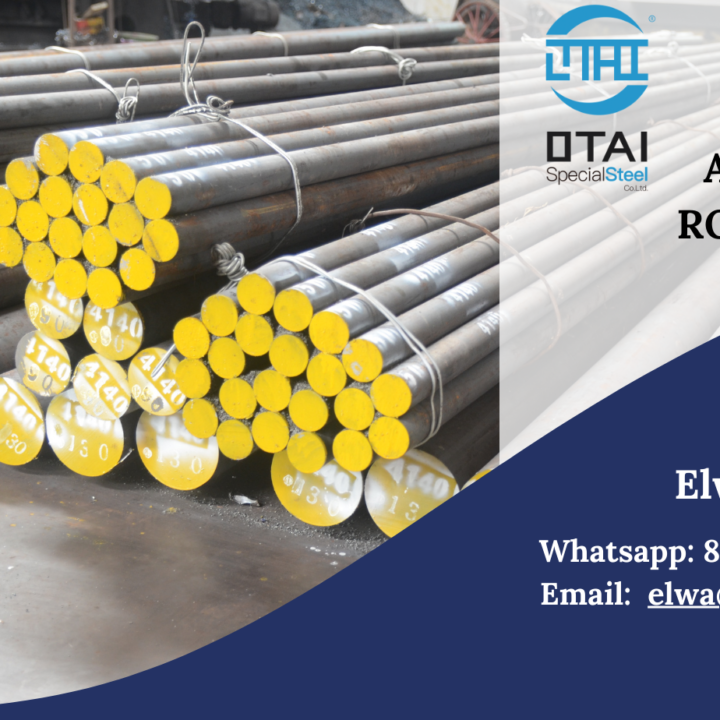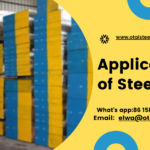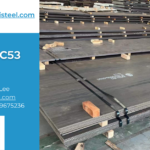In the realm of steel materials, the distinctions between various types can be crucial for making informed decisions in manufacturing and other applications. One such comparison that often arises is between 1.2379 and SKD11 steel. In this article, we’ll delve into the metallurgical variances between these two steel types, outlining their unique properties and shedding light on how these disparities can significantly influence performance across diverse applications.
Metallurgical Differences
To comprehend the dissimilarities between 1.2379 and SKD11 steel, it’s imperative to explore their metallurgical compositions.
1.2379 Steel : Also known as D2 steel, 1.2379 is a high-carbon, high-chromium tool steel renowned for its exceptional wear resistance and hardness. The alloy composition includes carbon, chromium, vanadium, molybdenum, and more. This intricate blend contributes to the steel’s remarkable durability and suitability for demanding applications.
SKD11 Steel: Alternatively, SKD11 is a Japanese cold work tool steel. Its composition involves high levels of carbon and chromium, with the addition of molybdenum and vanadium. These elements collectively bestow SKD11 with outstanding hardness, wear resistance, and dimensional stability.
Unique Properties of 1.2379 and SKD11 Steel
Each steel type possesses distinct properties that cater to specific industrial requirements.
1.2379 Steel Properties
High Wear Resistance: The substantial chromium content in 1.2379 enhances its wear resistance, making it ideal for applications where tools are subjected to abrasive conditions.
Excellent Hardness: With a high carbon content, 1.2379 achieves impressive hardness, ensuring longevity and performance reliability.
Good Toughness: Despite its hardness, 1.2379 exhibits commendable toughness, providing a balanced combination of strength and resilience.
SKD11 Steel Properties
Exceptional Toughness: SKD11 excels in applications requiring toughness, making it suitable for cold work tooling where impact resistance is vital.
High Wear Resistance: Similar to 1.2379, SKD11’s chromium content contributes to superior wear resistance, extending the lifespan of tools.
Dimensional Stability: The inclusion of molybdenum and vanadium imparts dimensional stability to SKD11, ensuring consistency in tool performance.
Impact on Performance in Various Applications
The divergent properties of 1.2379 and SKD11 manifest in their performance across different applications.
1.2379 in Applications:
Precision Cutting Tools: 1.2379’s hardness and wear resistance make it a preferred choice for precision cutting tools in industries such as metalworking and woodworking.
Mold Making: Its excellent toughness and hardness render 1.2379 suitable for mold making applications, ensuring durability and precision.
SKD11 in Applications:
Cold Work Tooling: The exceptional toughness of SKD11 makes it ideal for cold work tooling applications, where resistance to chipping and cracking is crucial.
Blanking and Forming: SKD11’s dimensional stability enhances its performance in blanking and forming applications, ensuring consistent results.
Conclusion
In the world of steel materials, the nuances between 1.2379 and SKD11 steel are vital considerations for industries seeking optimal performance. Understanding the metallurgical disparities and unique properties of each steel type allows for informed decision-making, aligning tools and applications for maximum efficiency.
FAQs
- Which steel is better for precision cutting tools, 1.2379 or SKD11?
Both 1.2379 and SKD11 have properties suitable for precision cutting tools; the choice depends on specific application requirements.
- Does SKD11’s exceptional toughness compromise its hardness?
No, SKD11 maintains a balance between toughness and hardness, making it suitable for various applications.
- Are there specific industries where 1.2379 outperforms SKD11?
1.2379 excels in metalworking and woodworking industries, especially for precision cutting tools and mold making.
- In what applications does SKD11 demonstrate dimensional stability?
SKD11’s dimensional stability is beneficial in blanking and forming applications where consistent results are essential.
- How can I determine which steel type is best for my specific application?
Consulting with a steel material expert and considering the specific requirements of your application will help in determining the most suitable steel type.
